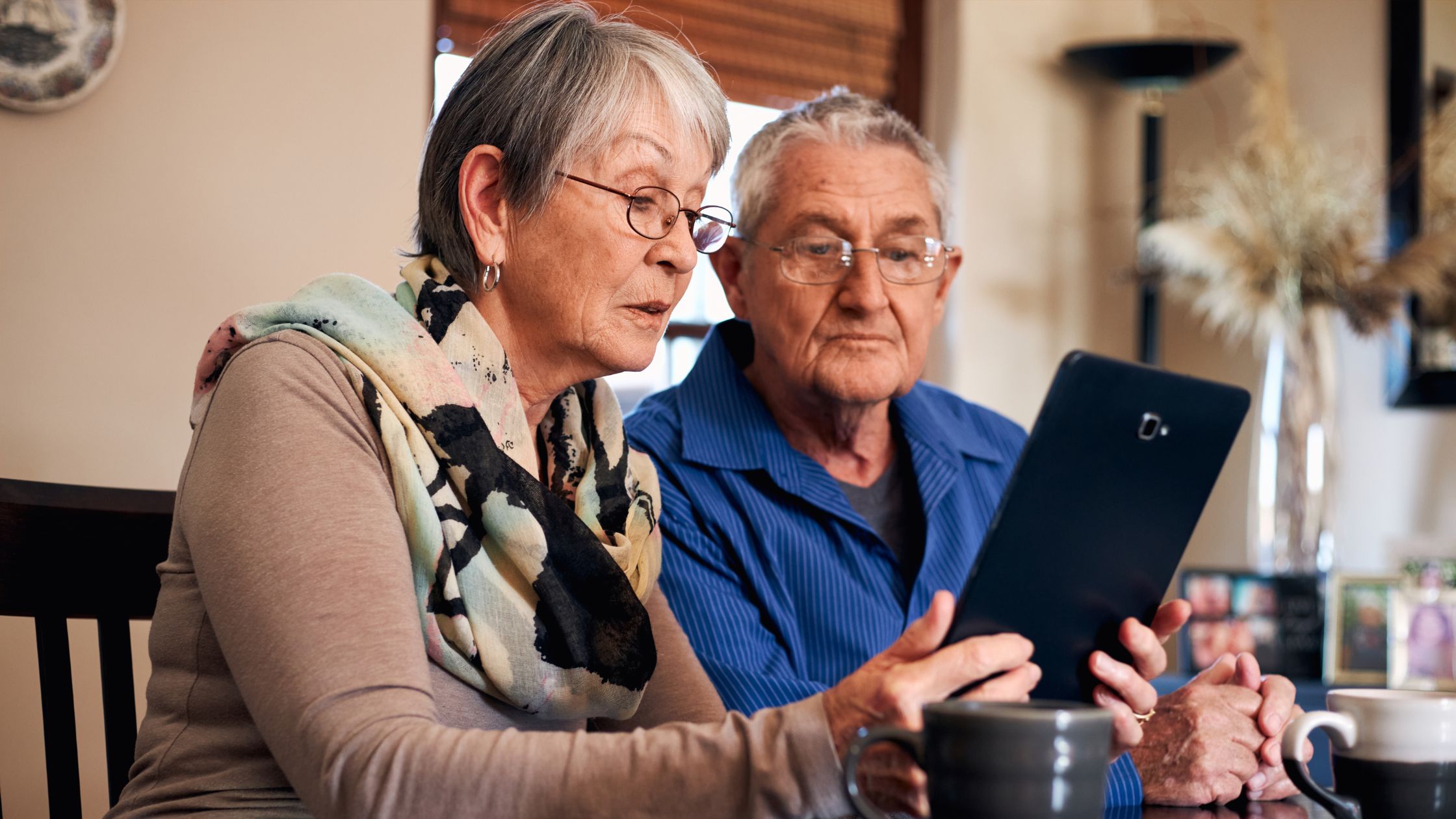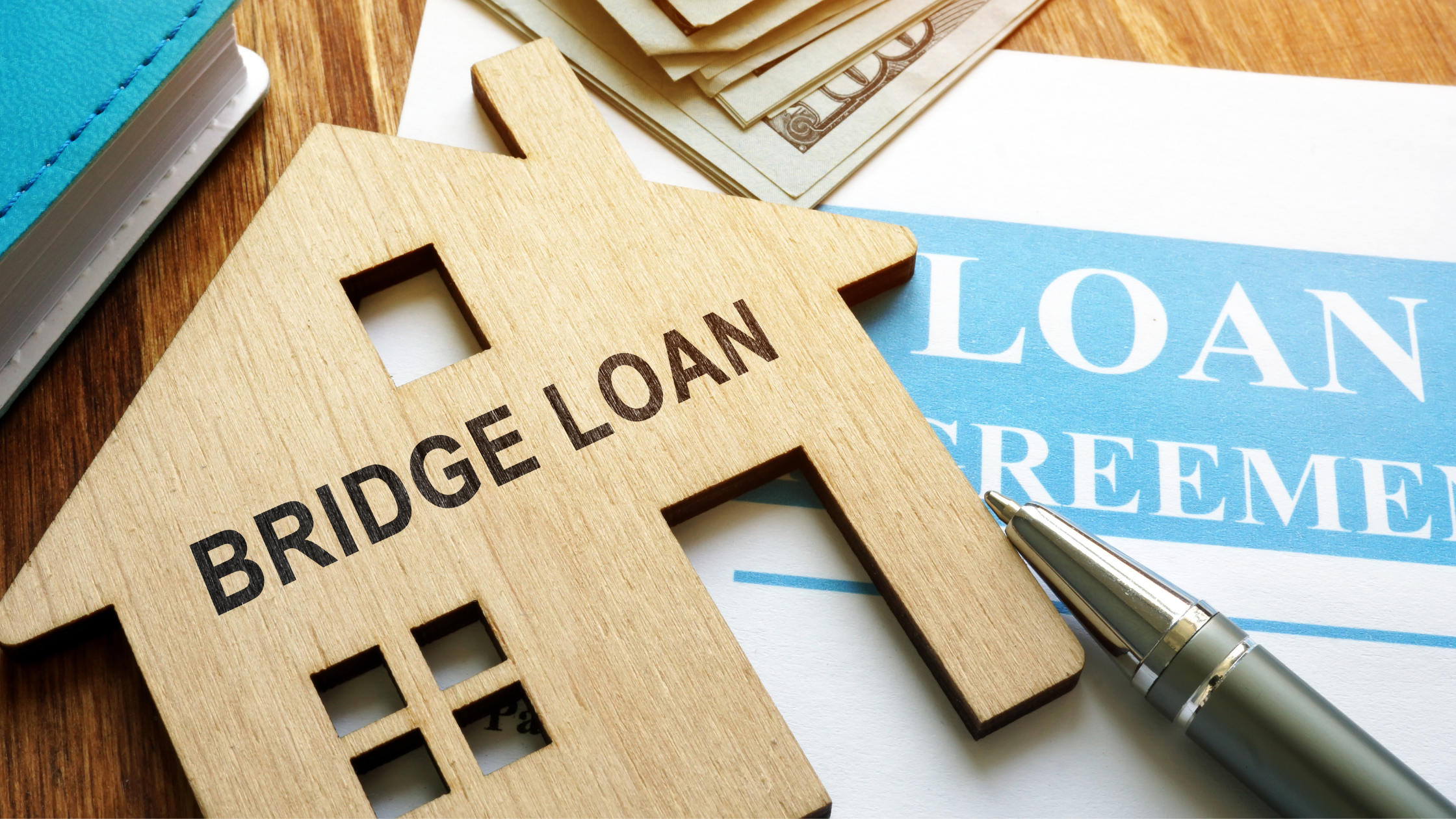Key Takeaways
-
A reverse mortgage provides tax-free cash without requiring monthly payments.
-
HECM loans are backed by the FHA, offering added security for borrowers.
-
Repayment is only required when the homeowner moves out, sells, or passes away.
-
Seniors can use reverse mortgages to supplement retirement income while staying in their homes.
With the average monthly Social Security check at just $1,781, many seniors struggle to cover living expenses as inflation continues to rise. For homeowners aged 62 or older, a reverse mortgage offers a way to access home equity without selling their property.
What Is a Reverse Mortgage?
A reverse mortgage allows homeowners to convert a portion of their home’s equity into tax-free cash while retaining ownership. Unlike traditional mortgages, borrowers don’t make monthly payments. Instead, the lender provides funds as a lump sum, monthly installment, or line of credit.
One of the most common types of reverse mortgages is the Home Equity Conversion Mortgage (HECM), a loan insured by the Federal Housing Administration (FHA).
How a Home Equity Conversion Mortgage (HECM) Works
A HECM lets seniors borrow against their home’s value to cover living expenses, home repairs, or medical bills. Since it’s backed by the government, it offers added security compared to private reverse mortgages.

HECM Qualification Requirements
To qualify for a HECM, borrowers must:
- Be 62 or older
- Own their home outright or have a low remaining mortgage balance
- Live in the property as their primary residence
- Stay current on property taxes and homeowner’s insurance
- Not be delinquent on any federal debts
- Complete a HUD-approved counseling session
Homeowners interested in a HECM must work with a U.S. Department of Housing and Urban Development (HUD)-approved lender. Loan Pronto connects borrowers with trusted HUD-approved lenders offering HECMs.

How Does a Reverse Mortgage Work?
With a reverse mortgage, monthly payments aren’t required. Instead, the loan balance becomes due when:
- The borrower sells the home
- The homeowner moves out permanently
- The borrower passes away
At that point, the homeowner’s heirs must either repay the loan or sell the home to cover the balance. Proceeds from the sale first go toward the principal, interest, mortgage insurance, and fees. If the home sells for more than the loan balance, the remaining funds go to the borrower or their estate.
Key Benefits of a Reverse Mortgage
- No Monthly Payments Required – Homeowners receive cash without adding a financial burden.
- Tax-Free Proceeds – Reverse mortgage funds don’t count as taxable income, so they won’t affect Social Security or Medicare benefits.
- Flexible Payment Options – Borrowers can receive funds in a lump sum, monthly payments, or as-needed withdrawals.
- Stay in Your Home – Seniors can continue living in their homes while using their equity.
Is a Reverse Mortgage Right for You?
A reverse mortgage can be a valuable financial tool for seniors needing extra cash for retirement, medical expenses, or home improvements. However, it’s not the right solution for everyone. Before moving forward, consider the long-term impact on your estate and family.
To explore your options, use our free mortgage and amortization calculators to estimate payments, interest, and other loan costs.
FAQs: Reverse Mortgages
No SSN required. Zero impact to credit. Your Information is never sold.



